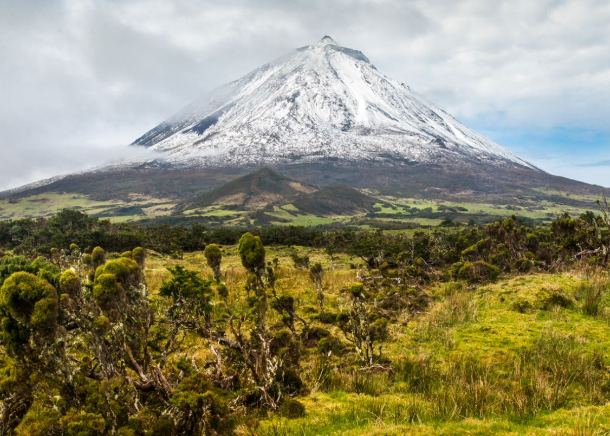Summary:
Laurel forests were widely distributed in the Mediterranean basin during the Tertiary. Since then, glaciations and Sahara desert’s expansion reduced their extension until they were confined to the Macaronesian archipelagos. The survival of laurel forests in these dry islands is a gift due to the existence of a persistent cloud belt formed by trade winds in the windward sides of the highest islands. However, the continuity of this endemism-rich ecosystem might be compromised by climate change evolution. Warmer temperatures are expected to alter the elevational range of the cloud belt, potentially disrupting the fragile equilibrium woven between laurel forests and their climatic envelopes. In this project we will use the information stored in tree rings to assess the vulnerability of laurel forests’ species to climate change. Through the analysis of secondary growth patterns, phenology of wood production and wood anatomical and functional responses, we will identify the most sensitive species and forests across their distribution range. This knowledge will contribute to promote successful management strategies to adhere to the strict conservation regulations of Macaronesian laurel forests.
Keywords:
Laurel forests; Dendrochronology; Climate change
Funding Institution:
Agencia Estatal de Investigación, Ministerio de Ciencia e Innovación de España
Partners:
Partners: Universidad Rey Ruan Carlos
Project Leader: Ana Isabel García-Cervigón Morales (Universidad Rey Ruan Carlos)




